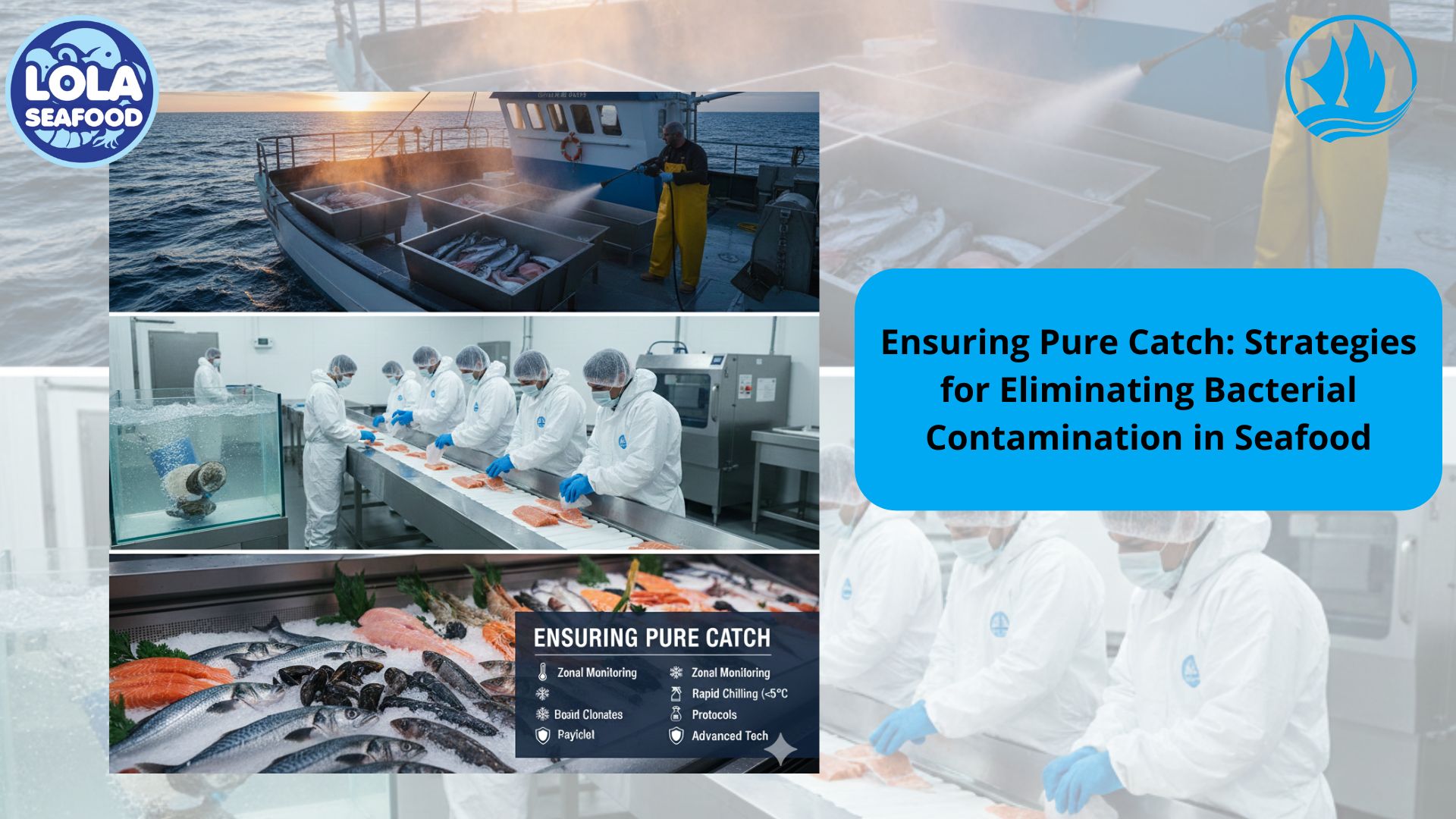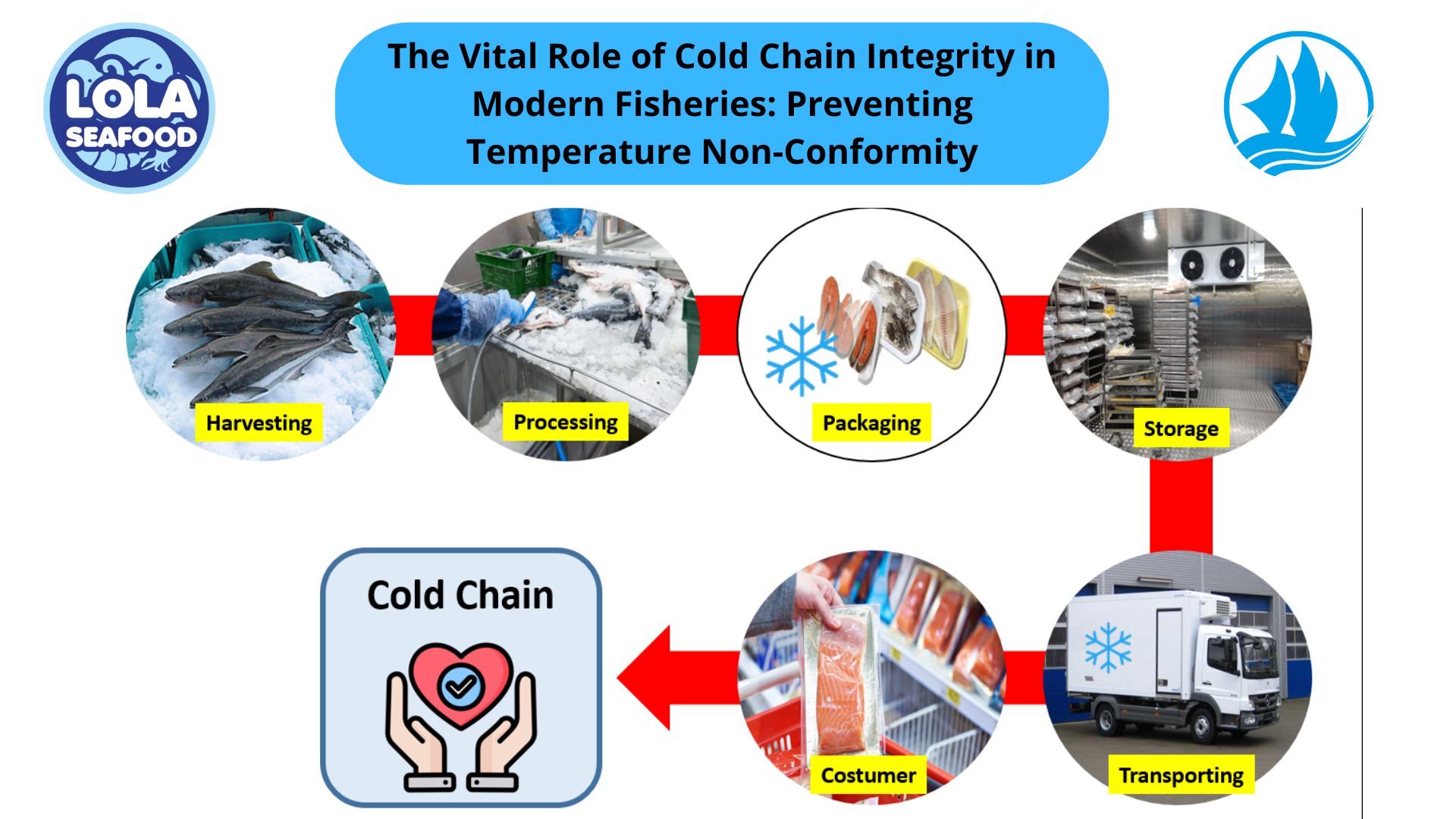AIR CONTAMINATION
By. Najih - 16 Feb 2024.jpg)
Air is recognized as an important source of microbial contamination in food production facilities and has the potential to contaminate the food product causing food safety and spoilage issues for the food industry. Potential for aerial microbial contamination of food can be a particular issue during storage in cold rooms when the food is not packaged and is exposed to contaminated air over a prolonged period. The monitoring of the air for microbial contamination in the food industry has been accepted as an important standard quality control, therefore, food producers are including it as part of their Hazard Analysis Critical Control Point (HACCP) system.
The survival of airborne microorganisms indoors is significantly influenced by several environmental factors. These factors include temperature, relative humidity (RH), atmospheric gases, ultraviolet irradiation and surrounding organic material. Air temperature and RH are the factors that most affect the persistence and spread of airborne microorganisms indoors. One of the most common airborne contaminants in food processing facilities are bioaerosols. Bioaerosols are airborne contaminants made up of liquid or solid microscopic particles which carry microbes through the air. The contamination of food products is dependent on air’s microbial load, and on the duration of exposure to the air, whether during specific technological processing stages or during storage. For example, the rate of food contamination is increased of air exposure at 32ºC. Some pathogenic bacteria such as Salmonella, Escherichia coli and Listeria are able to survive in the air and have the potential to contaminate food products due to their high tolerance to environmental factors. Yeasts and moulds are also common sources of contamination, and they frequently become predominant in food processing facilities when conditions for bacterial growth aren’t optimal, such as on foods with a high amount of salt. Viruses such as norovirus and hepatitis A are also common contaminants.
Contamination can cause significant product loss during production, reduced shelf life or product returns. These added expenses are a financial burden on the profitability of a facility. Far more important however is the negative effects on public health created by contaminated food. Bacteria and viruses can all cause different foodborne illnesses that can have a variety of different effects on people’s health but are the most dangerous to the very young, the very old, pregnant women, and people with poor immune systems.

Optimizing Wild-Caught Fish Logistics: Maintaining Thermal Core Integrity During Long-Haul Transport
.jpg)
The Impact of HACCP-Based Integrated Quality Management Programs on the Quality and Competitiveness of Fresh Demersal Fish Products
 and Employee Productivity on the Demersal Fish Processing Floor.jpg)


.jpg)


